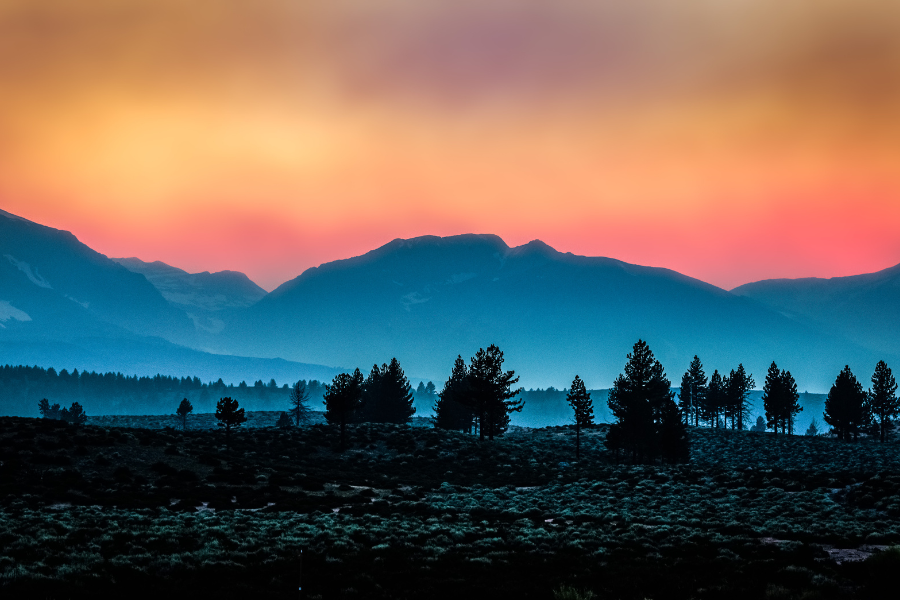The orange glow in the sky; enormous, puffy clouds; the smell of a campfire filling the air. If the described scene takes you back to the days of sunset at summer camp, you’ve likely never lived in a wildfire zone. However, if you’re the lucky one-in-six homeowners living in a significantly wildfire-prone area, the description likely triggers more unsettling memories.
Living in a wildfire zone can be scary, especially if you don’t know what to expect. If you’re living in a location prone to seasonal wildfires, and the most preparation you’ve done is securing fire insurance, you’ve come to the right place. The House Hacks Tips team chatted with the experts to learn the best ways to prep and protect your home in case mother nature sends a spur-of-the-moment wildfire to your neighborhood.
When is “Fire Season?”
Wildfires can pop up any time of year, but are most common in the United States between August – October; until the past few years, that is. With climate change and temperatures on the rise, the 2022 fire season kicked off well before normal in the United States, resulting in a 112% increase to the average of acres burned over the last ten years – and the year is not over yet.
Wildfires can happen anywhere, especially during droughts, but are most common in the Western United States and Florida. So, if you live in an area with higher temperatures and dry vegetation, it’s best to be prepared for fire season – including your home.
How to Prep Your Home for Fire Season
You can’t plan the path of a wildfire, but you can make your home more fire-resistant in the off-chance it does come across your path.
Remove Debris from the Roof and Gutters
The key in making your home fire-resistant is removing any elements that are highly flammable – starting with dry leaves and debris that accumulate on your roof and in your gutters. By doing this every few months, you can prevent materials from piling up, reducing the likelihood that a fire could spark if ash and embers from nearby come your way.
Keep a Tidy Yard
Along with debris on your home, you also need to focus on what’s around your home – ie: your yard. Keep grass freshly watered and cut short, and remove any weeds or overgrown shrubs, trees, and vegetation that could become an ignition source. While also ensuring your garden will remain healthy, keeping a tidy yard can increase the likelihood of your home withstanding a wildfire.
Experts also recommend practicing the “five-foot rule,” meaning any plants, shrubs, trees, or sheds/lawn items should not be within five feet of your home to reduce the risk of spreading a fire.
Have a Deck? Be Sure You Have a Hose
Given how flammable they are, decks are an extremely hazardous asset for homeowners in wildfire-prone areas. Embers can fall between the gaps in your deck and ignite other material, threatening the structure of your entire home.
Experts and firefighters recommend ensuring you have a hose on hand by your deck, and, in case you end up being evacuated for a wildfire, hosing down your deck and surrounding items and vegetation to reduce the risk of your property catching flame.
… and if a Fire Evacuation is Underway
Sometimes, no matter how prepared we are, nature can throw us for a loop. If you get caught in the path of a wildfire, follow all local evacuation orders and listen to your local officials for next steps. The most important thing is to remain calm as you get to safety, knowing your home will be best prepared after implementing the tips discovered today.


